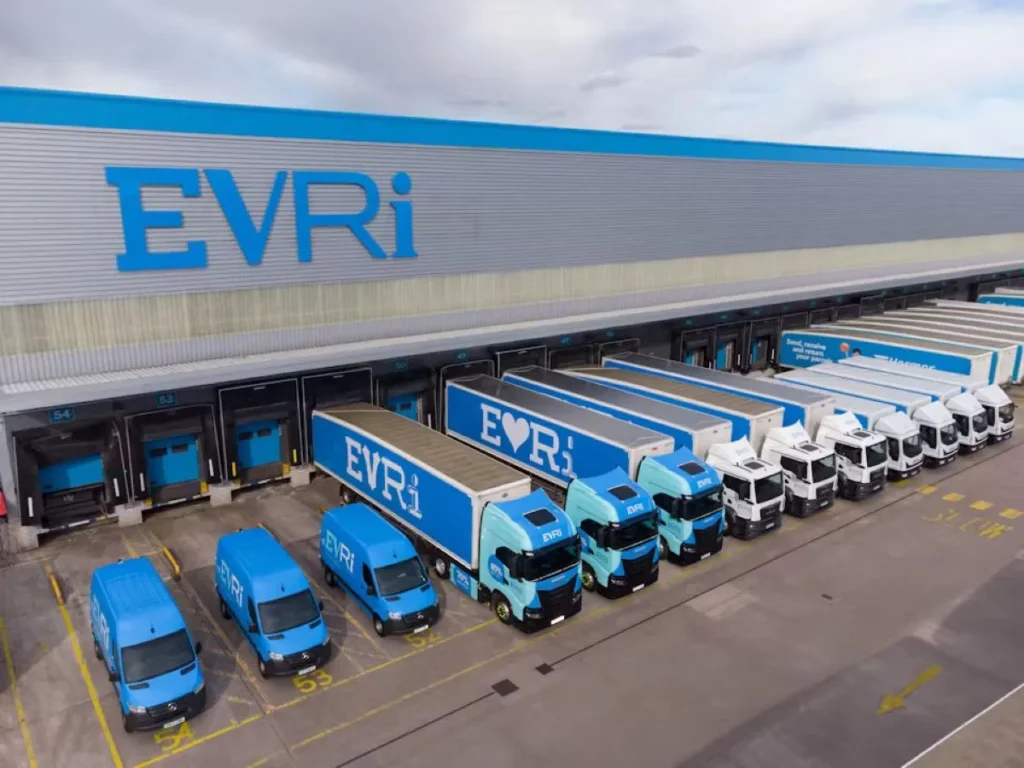When Transinfo asked me to comment on the report by McKinsey et al (which can be read HERE), I prepared myself for some dramatic predictions, nice graphics and innovative ideas. And I was not disappointed.
While the overall conclusions that e-commerce will continue to grow at a rate of knots, resulting in fast last-mile delivery growth and new challenges for traffic congestion and pollution, especially in urban areas is doubtless correct, some of the technologies and ideas on how to deal with this are more questionable.
So let’s take a closer look at what the report is saying.
- Consumers are buying more and more online with annual e-commerce sales set to grow over four times faster than offline in the period to 2023.
- Consumers want more control and choice (largely fostered the e-commerce giant such as Amazon who are offering new levels customer experience under their Prime Subscription offering which now has over 100 million members, globally)
- Cities will be seriously disrupted if no action is taken with the top 100 cities experiencing the following by 2030:
- 36% more delivery vehicles
- 32% more emissions
- Congestion will rise by 21% (av. 11 minutes more commuting time)
It goes on to share various passive and active scenarios whereby authorities can seek to intervene to make carriers “do the right thing” for a greener and less congested city.
It is at this point that the report moves to a plethora of options ranging from UAV;s (a.k.a. drones) or AGV’s (a.k.a. robots) to single dwelling residential parcel boxes or car boot based delivery. It is here that I would argue that there are some high level priorities that can be addressed fast…and to best effect.
So what are these key areas to look at? I believe that they are:
- IDM (interactive delivery management) or the tool that allows carriers or senders to interactively communicate with consignees to ensure the best customer experience and on-time delivery. The Uber app is a good example of a similar tool or to take an industry example, DPD’s Predict tool. This is what in Amazon speak would be called the secret sauce which cements the other pieces into place
- OOH (out of home delivery) which includes PUDO’s (access points, for US readers) or lockers and run as open networks, and infrastructure available to all carriers
- Electric vehicles supported by driver training and driving/route optimisation tools
Out of home options offer almost 100% first time delivery and consolidated stops of several tens of parcels (instead of the average of 1.2, or so, typical for B2C home delivery). They can only work with effective IDM which allows customers to choose the time, place and mode of delivery…and to change their mind “in-flight” thus avoiding an unsuccessful (and un-ecological) failed delivery. Coupled with non-fossil fuel vehicles, this would doubtless give significant and fast positive impact to the negative developments raised in the report.
This isn’t to say that drones aren’t sexy and don’t have special use cases, or that urban consolidation points don’t make sense; it’s just that one could argue that implementing the three points I have identified, fast (China has implemented over 300,000 lockers and almost 500,000 PUDO’s in well under a decade), will give the majority of the potential impact, with minimal…or at least optimised costs.
In conclusion, then, I welcome any report highlighting that action needs to be taken but, perhaps, a less dramatic but more practical view with more input from those with “hands-on” experience of the B2C last mile would be useful.
Marek is Managing Partner at Last Mile Experts Ltd, www.lastmileexperts.com, a specialist courier express & parcel and e-commerce last-mile consultancy. He has been industry advisor for several Private Equity Firms and advised a number of Postal operators on strategic projects. He is non-executive Chairman at Dronecloud, a leading UK drone platform,









